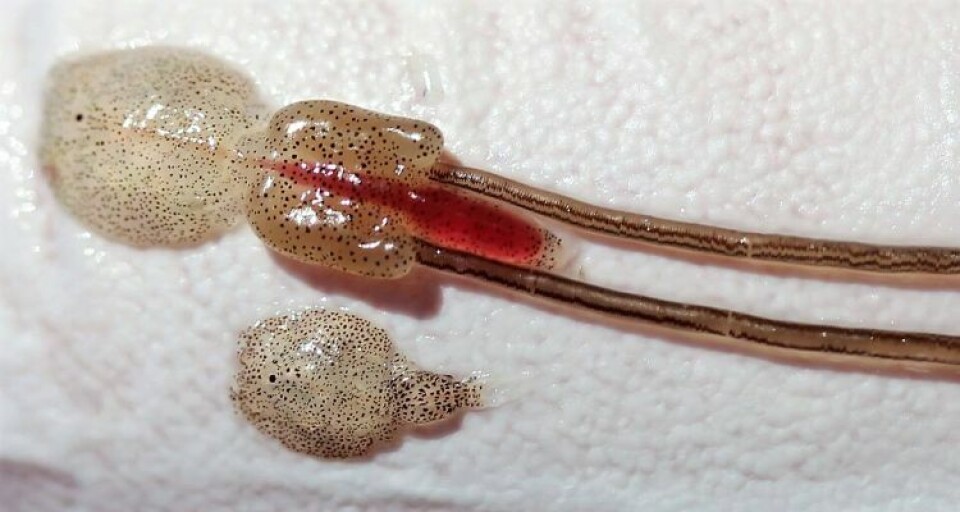
Lice resistance mutation ‘not caused by chemical’
A group of Norwegian scientists have concluded that a mutation which makes sea lice resistant to the organophosphate pesticides azamethiphos was not caused by over-use of the chemical, but already existed.
Their paper, published in the journal Scientific Reports, explains the distribution and origin of the mutation "Phe362Tyr" that generates the resistance of Lepeophtheirus salmonis to treatment with azamethiphos.
In their paper, the researchers say a wide range of strategies has been developed to control infestations by lice, among them cleaner fish, mechanical treatments such as the Thermolicer, alternative forms of production that prevent infestation, genetic improvement and the development of vaccines.
Level of resistance
They say that despite this, the industry depends on the use of drugs applied in baths or through food, to control infestations, and that for this reason, indiscriminate use over long periods of time has resulted in a certain level of resistance against them.
Organophosphates (OPs) were the first chemicals introduced to delouse salmon in commercial aquaculture in Europe in the late 1970s, but were taken out of use in Norway in 1999 due to an increase in treatment failures due to resistant parasites. An OP (azamethiphos) was re-introduced in 2008, but despite nearly a decade of low or non-use, reports of reduced efficacy of azamethiphos treatments emerged in 2009, merely a year after its re-introduction. In 2013 and 2014, a national surveillance program, using bioassays to test for resistance, revealed a widespread distribution of azamethiphos resistance on Norwegian fish farms.
It was recently shown that a single mutation (Phe362Tyr) in the gene that codes for acetylcholinesterase (AChE), is the main cause of resistance in lice collected in Norwegian farms against this drug.
Joint study
Due to the disturbing increase in the resistance of L. salmonis to azamethiphos in the North Atlantic salmon farming areas (Norway, Canada, west of Scotland and the Shetland Islands), researchers from the Sea Lice Research Centre, the Institute of Marine Research, PatoGen Analyse AS and the Norwegian University of Science and Technology, all located in Norway, conducted a joint study to analyse if the resistance in the other North Atlantic salmon farming areas is also caused by the Phe362Tyr mutation and to evaluate the mechanism (s) by which that resistance was dispersed throughout this geographical area.
To address the first question, the scientists took samples of L. salmonis from 2014-2016, from different regions of the North Atlantic, and genotyped for the Phe362Tyr mutation in association with resistance to treatment with azamethiphos. The second question was addressed by genotyping and analysing samples collected during 12 years (1998-2009), for nine SNPs (single nucleotide polymorphism) in the place where the mutation is found.
Strongly related to survival
In their results they demonstrated that the Phe362Tyr mutation is strongly related to the survival of lice to treatment in salmon farming centres located throughout the North Atlantic, and stated that "for the first time we demonstrated that this mutation represents the main mechanism of resistance to organophosphates in North Atlantic salmon lice. In addition, we observed multiple and diverse high-frequency haplotypes linked to the allele that transmits resistance to the drug".
Therefore, they concluded that Phe362Tyr is not a de novo mutation , but probably existed in L. salmonis before the introduction of azamethiphos in commercial aquaculture.
Read the full article here.























































